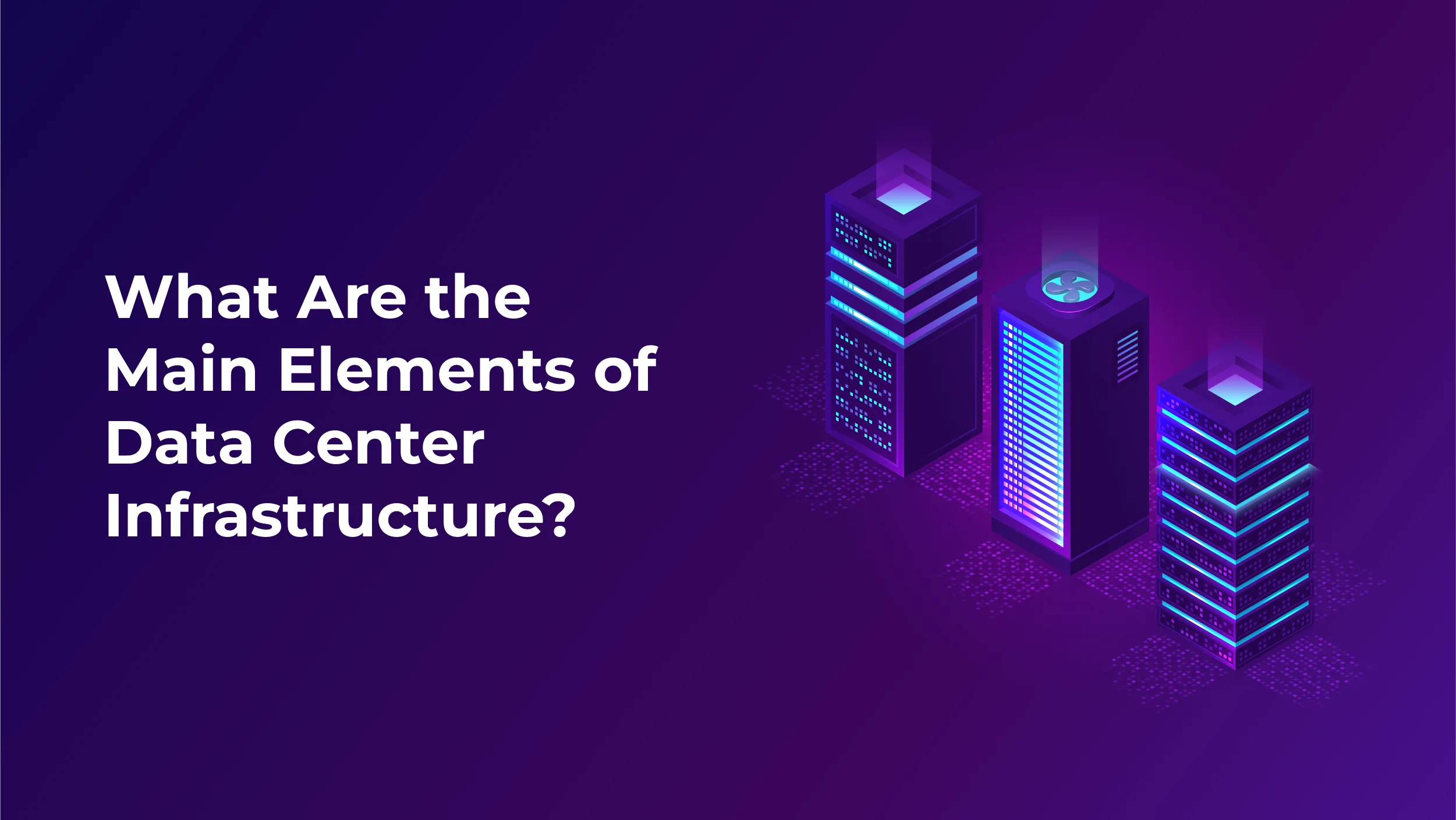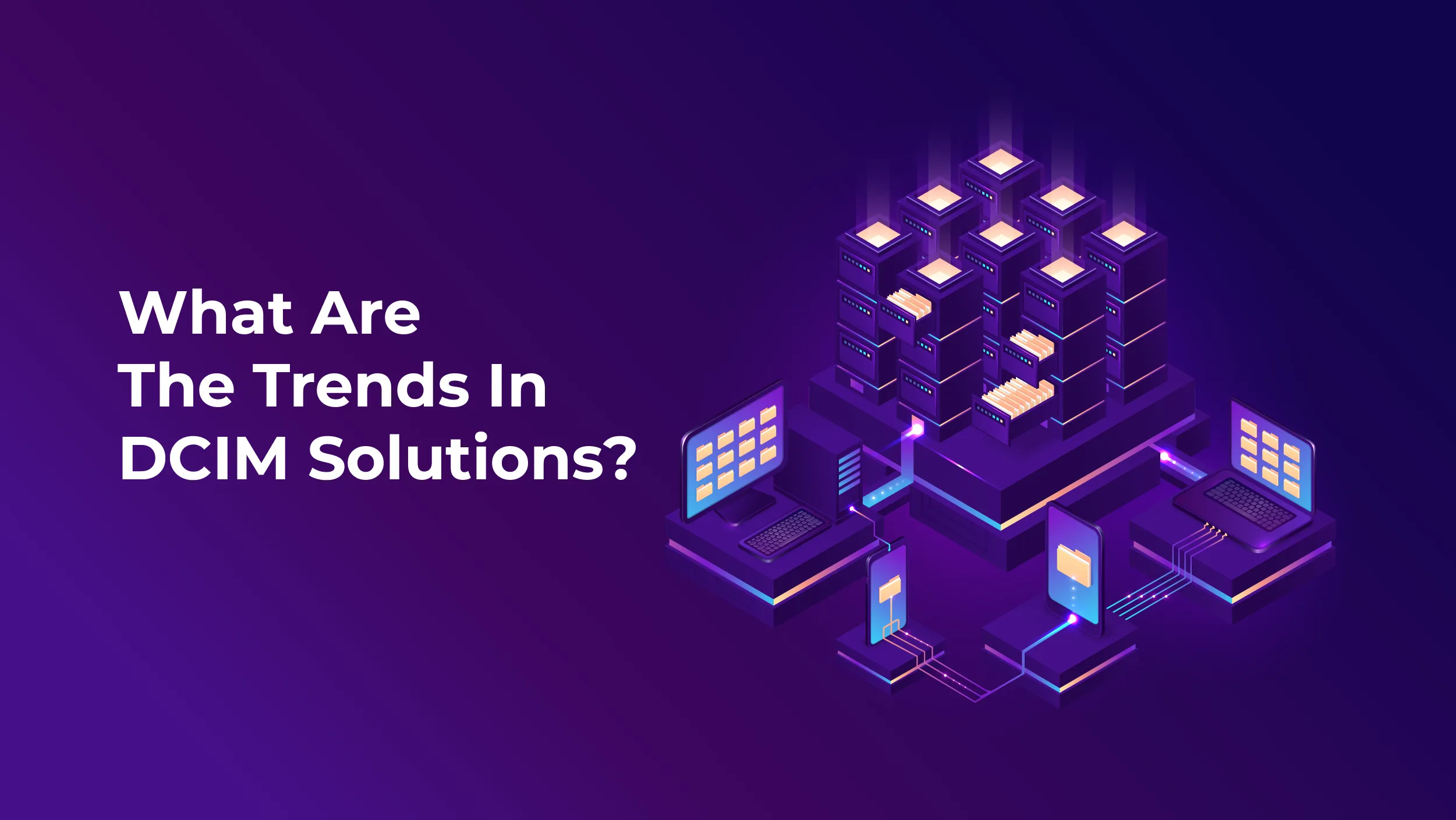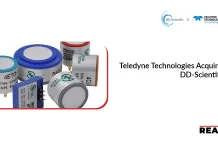In today’s increasingly digital world, businesses and organizations rely heavily on data centers to store, process, and manage vast amounts of information. However, managing the complex infrastructure of a data center can be a daunting task. In 2023, there were 10,978 data center locations worldwide. Without proper oversight and control, data centers can suffer from inefficiencies, downtime, and escalating costs. This is where data center infrastructure management (DCIM) comes into play as a solution. DCIM offers a comprehensive approach to tackling the challenges of managing data center infrastructure by providing a centralized system to monitor and optimize critical elements such as power, cooling, networking, and storage. Let’s learn more about it.
What Is Data Center Infrastructure Management?
The field known as data center infrastructure management is centered on the centralized management, optimization, and monitoring of data center infrastructure. It combines facility management with information technology (IT) to comprehensively understand a data center’s performance and facilitate effective operations.
DCIM software offers real-time monitoring, capacity planning, and simplified management of key systems, replacing conventional tools like Excel and Visio. Through the use of specialized hardware, software, and sensors, DCIM helps businesses make the most use of their resources, guarantee equipment dependability, and optimize energy efficiency. It is essential to keep data centers running smoothly and support commercial services.
Also Read: Cloud Data Warehousing: How Businesses Can Store Data Better?
What Are the Main Elements of Data Center Infrastructure?

- Facility: The physical site housing the data center’s infrastructure and equipment, incorporating security access controls, ample space, and environmental systems to maintain optimal operations.
- Computing Resources: Servers providing processing power, memory, local storage, and network connectivity to support data center applications, with network connections making data accessible.
- Storage Infrastructure: Systems designed to store and manage valuable data assets, offering the capacity and performance needed for efficient data storage and retrieval.
- Network Infrastructure: Includes switches, routers, and firewalls that interconnect data center components, ensuring smooth data flow and secure communication.
- Power Infrastructure: This consists of rack power distribution units (PDUs), uninterruptible power supplies (UPSs), and backup generators to deliver reliable power to IT equipment, ensuring continuous operation and minimal downtime.
- Cooling Infrastructure: Comprising computer room air conditioning (CRAC) units and computer room air handler (CRAH) units, this infrastructure maintains proper temperature and humidity levels to prevent equipment from overheating.
- Cabling Infrastructure: The backbone of data centers, enabling power and data transmission. Proper management of cabling systems is crucial to avoid downtime and ensure efficient connectivity.
Benefits of Data Center Infrastructure Management
Improve Uptime
DCIM software continuously keeps an eye on the infrastructure of vital facilities, polls the apparatus, gathers, trends, and reports data, and keeps an eye out for threshold violations. You can respond to problems before they affect users and services thanks to built-in alerts, which guarantee improved uptime.
Enhance Capacity Planning & Utilization
Model and allot new server, rack, IT, and facilities equipment space quickly. Power and network connectivity diagrams allow you to easily manage the connections between IT equipment and vital facilities infrastructure with a few clicks.
Increase Data Center Energy Efficiency
Gather data automatically from non-IT loads, building feeds, and IT loads for real-time PUE tracking and computation across all of your data centers. By doing this, business energy efficiency efforts are guaranteed to be followed.
Boost Productivity
With completely integrated and automated workflow management, reservations, moves, adds, and modifications are readily controlled. Employee morale and productivity are significantly raised by process assurance, tracking, and audit trails.
What Are The Trends In DCIM Solutions?

- Intelligent Orchestration: DCIM solutions are now featuring intelligent orchestration capabilities that automatically allocate resources based on predefined policies or rules. This innovation allows data center operators to improve service quality, efficiency, and resilience.
- Edge Computing: The rise of edge computing is influencing DCIM trends. By bringing computing resources closer to the network’s edge, data center operators can enhance latency, reduce bandwidth usage, and boost overall performance.
- Green Data Centers: Sustainability and carbon management are major factors driving the trend toward green data centers. These facilities aim to minimize environmental impact by reducing energy consumption, carbon footprint, and waste. DCIM solutions are crucial for optimizing energy efficiency and supporting green initiatives.
- Advanced Analytics: With increasing network complexity, DCIM solutions are incorporating advanced analytics. These capabilities help identify trends, detect anomalies, and enable predictive maintenance, ensuring optimal performance and reliability.
- Integration and Interoperability: DCIM solutions are evolving to integrate seamlessly with other systems and technologies. This integration promotes efficient data exchange and collaboration across various domains, such as IT, facilities, and operations, maximizing data center utilization.
Capabilities of DCIM Software
DCIM software extends traditional IT infrastructure monitoring by integrating multiple discrete actions into a comprehensive approach. Instead of targeting individual elements, this method looks at the entire data center ecosystem, considering how each component interacts. Key capabilities include:
- Asset Management: Centralized control of hardware and software assets.
- Asset Discovery: Automatic identification and cataloging of data center assets.
- Asset Tracking: Real-time monitoring of asset status and location.
- Capacity Planning: Optimizing space, power, and cooling resources.
- Change Management: Streamlining and managing data center modifications.
- Energy Management: Monitoring and optimizing energy consumption.
End Point
The efficient management, operation, and optimization of data center infrastructure depend heavily on data center infrastructure management or DCIM. It offers a consolidated platform for tracking, evaluating, and managing vital systems inside the data center by combining IT and facilities management. It helps businesses to increase energy and operational efficiency as well as guarantee the dependability and availability of their data center services. DCIM has become a vital tool for businesses looking to get the most out of their data center investments by streamlining processes, promoting green initiatives, and facilitating collaboration.




